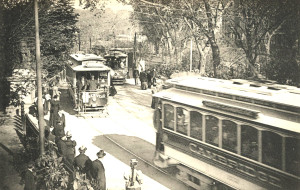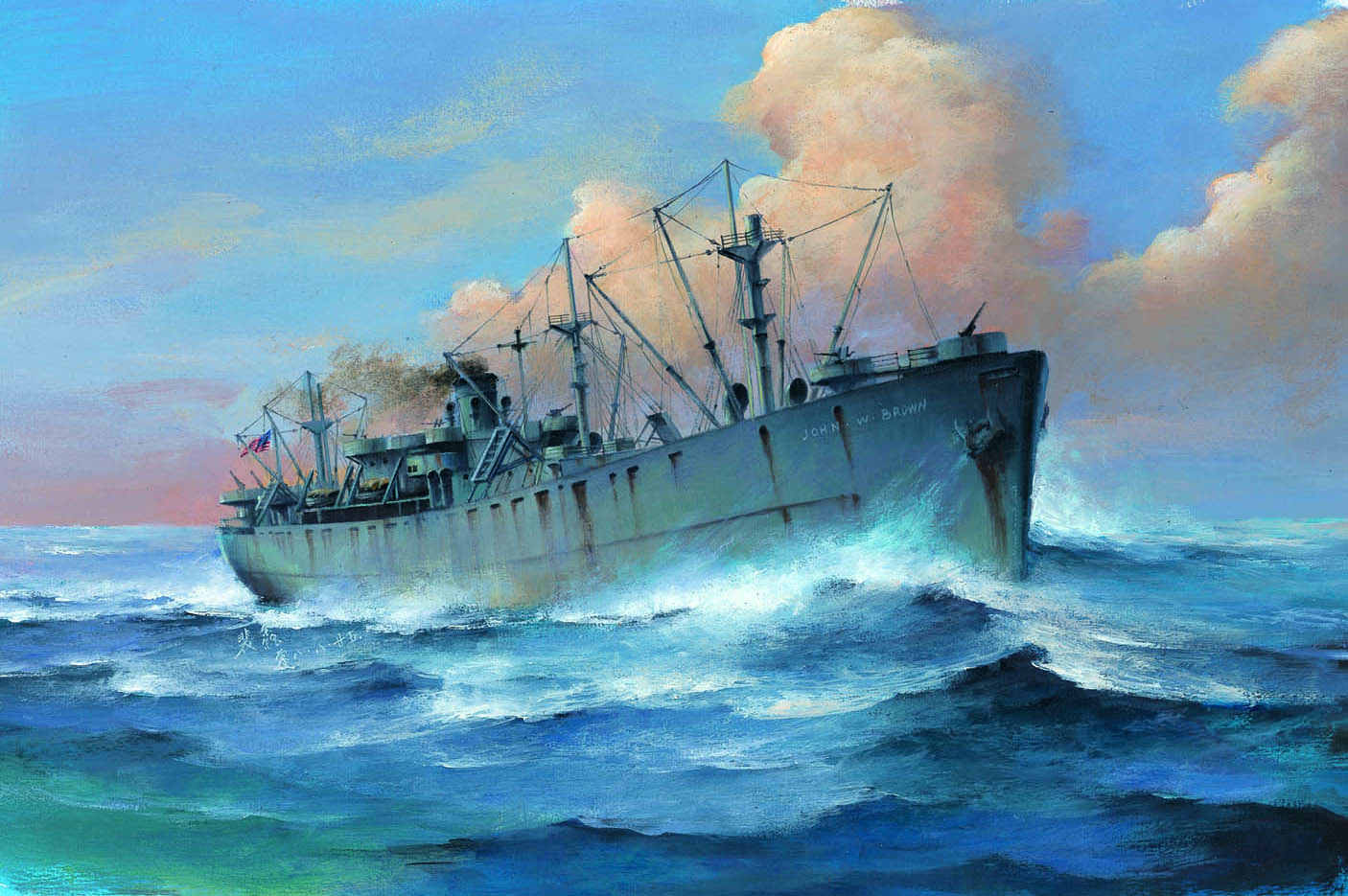 The MBTA has voted to raise fares and, no surprise, passengers won’t be happy. But maybe they can take comfort in knowing that raising fares and passenger complaints have been with the T since the 1880s, before America’s first subway opened in Boston on Sept. 1, 1897. (That picture to the left shows the subway’s first day.)
The MBTA has voted to raise fares and, no surprise, passengers won’t be happy. But maybe they can take comfort in knowing that raising fares and passenger complaints have been with the T since the 1880s, before America’s first subway opened in Boston on Sept. 1, 1897. (That picture to the left shows the subway’s first day.)
On Thursday, Martine Powers wrote in the Globe “The price of bus and subway tickets will rise by 10 cents, increasing to $1.60 and $2.10. The price of a combined bus-and-subway monthly pass will increase by $5 to $75, and a monthly bus pass will rise $2 to $50.”
That’s not insignificant, for sure. But it’s a long way from the nickel fare that people paid back when Henry Melville Whitney of Brookline owned the West End Street Railway Company. Whitney consolidated seven railway companies into one gigantic operation in the late 1880s, and he made several key changes. He split the company into eight divisions, each responsible for managing its own passengers, routes, employees, horses, and cars, not unlike how the T operates today with its Red, Blue, Orange, Green and Silver lines. Routes were identified by colored signs, and signs were placed on cars saying what the final stop would be. Sound familiar?
Whitney’s biggest change was a flat fare of five cents for all rides and free transfers at certain stops. That nickel fare irked some riders who rode only a few stops and felt like they should not have to pay the same as someone who rode all the way in from West Roxbury or Brookline. As I write in The Race Underground, “But they were far outnumbered by the cheers from the increasing number of passengers coming to Boston from the suburbs, who were used to paying the most expensive fare.”
